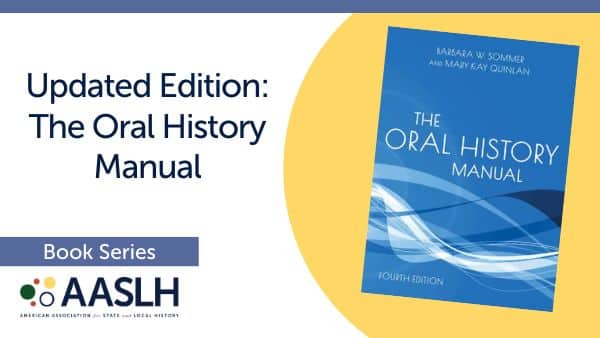
By Tim Grove, History Relevance initiative
Museum educators and other staff that produce products for public consumption are trained to assess whether or not their programs are successful. They know educational techniques to use that will engage various audiences. As institutions, we measure success in various ways: how long people stayed at a program or in an exhibition, how many people came to an event, how much press coverage we received, and how many people asked questions or interacted with interpreters. We often collect quantitative data rather than qualitative data.
We regularly produce content that is fascinating, but is it relevant? Engaging an audience does not automatically mean we are relevant to them. As we grapple with how to make our organizations and products more relevant to their communities and to the people who walk through their doors or click through their websites, we must keep looking for new ways to measure our success. Assessing relevance is a longer-term goal of the History Relevance initiative (HR).
In the shorter term, HR continues to work on various projects to raise the profile of history in society. It is trying to encourage more history organizations to ask: How are we relevant to our audiences? Can we be relevant to everyone? Should we try? These are hard questions, with no easy answers.
As a starting point, we need to consider what defines a “relevant” program or product. HR is working on a new tool to help organizations do this and has just rolled out a draft of a new framework: “Six Qualities of a Relevant History Experience.” A working group drawn from the HR steering committee grappled with what this framework might look like. While it will ultimately be a rubric format, at present it is a list of six qualities that HR thinks make a product relevant to an audience.
The six qualities are being:
- Connected
- Responsive
- Memorable
- Applicable
- Current and Timely
- Rooted in Historical Quality
The challenge with creating this list was separating qualities of relevance from characteristics of an effective educational program. What unique qualities make something relevant? HR readily acknowledges that relevance is a moving target and changes depending on the person, but this list is a starting point to think about relevance. Not all qualities are necessary to develop a relevant program.
As it did with “The Value of History” statement, HR is asking the field to review “Six Qualities of a Relevant History Experience” and to fill out a brief survey to provide feedback to HR. The goal of the framework is to offer a tool that anyone developing a product for public consumption can use.
HR now turns to the history field to help us refine these, to question them, and to mold this document into a useful tool that assists us in striving toward being more relevant. Please take some time to review the document and offer your feedback at the short survey provided. Discuss it with your staff, your volunteers, your board, and all of your many stakeholders.
Read the document and take the survey here.
Learn more about the History Relevance initiative.



